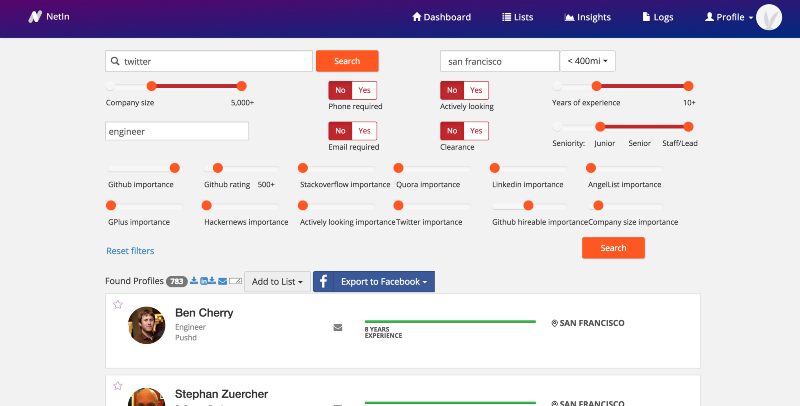I love Nike. I would love to work at Nike. If the right position came along and someone said, “Tim, you can run talent at Nike, but you need to pay $500 to get in front of the right person at Nike”, I go to the ATM and hand that person $500.
Okay, at one time in my career I would have done that to work at Nike, probably not now because I’ve got peeps on the inside!
This is what a new company in the TA space is doing. For a minimum of $20 (they won’t say what the maximum is) you can get a thirty-minute “interview” with someone who works at the dream company you want work at. PurpleSquirrel.io recently launched and it’s caused a bit of stir amongst those active in the space.
Why?
Most of the TA and HR bloggers, writers, speakers, people who pay way too much attention to this crap, etc. Think organizations that prey on candidates are evil. This was the real downfall of The Ladders. When you start asking candidates to pay for something they should get for free, the thought leaders lose their minds.
Also, my tribe (all the folks mentioned above) are exceptional networkers. It’s really one of the main skills we have. We can talk to anyone, about anything, at any time, and we usually do! We’re unicorns in that way. Most of the world does not network like this. Most people keep their circles pretty tight!
This is what Purple Squirrel understands.
Most people actually suck at networking. The problem with this is that most jobs are filled because someone has a connection. My cousin works in marketing at Facebook and he’s introducing me to the director and I have a good chance to at least get interviewed. My girl Celinda works at Nike and I’m hoping she’ll put me in touch with Phil Knight!
You understand the drill. Recruiters don’t fill jobs. Relationships fill jobs.
This is where I think Purple Squirrel might be brilliant. If we already know most people suck at networking, that means most people would probably welcome the help and be willing to pay a little cash for that help. I want a connection to Google, PurpleSquirrel can help you get that connection to Google. It’s like when my mom hired that hooker for my date to homecoming! Well, kind of.
Here’s the main catch, and it’s not spelled out until you really dig into the site. The ‘interview’ you have with your new ‘connection’ at your dream company is not an actual representative of the company. Your new connection does actually work at the company you love, but what they are really giving you is a career coaching session. They might have some hiring authority, but there’s no guarantee and it’s not implied.
You still have a connection at the company you love. There’s value to that, especially if you know how to grow your network, but my guess is you probably didn’t hire a hooker to go to homecoming because you’re great at networking.
I’m all for any tool that helps people land their dream job in their dream company. So, if Purple Squirrel works at helping you reach that goal, then it’s worth every dime you invest. Just know it’s important you understand the rules before handing over the cash. This is one connection into a company that might lead nowhere. So, use your thirty-minutes to your advantage.
I applied for a position at Nike once. Never even got a “Dr. John” disposition letter. I like to believe, as I cry myself to bed each night, they already had someone internally they wanted to promote and the posting was just a ghost, and my rejection email was lost in cyberspace. If only I would have had someone on the inside, maybe my fortunes would have changed!
Hit me in the comments – I really want to know – Would you pay to interview at a company that you’ve always wanted to work for?

